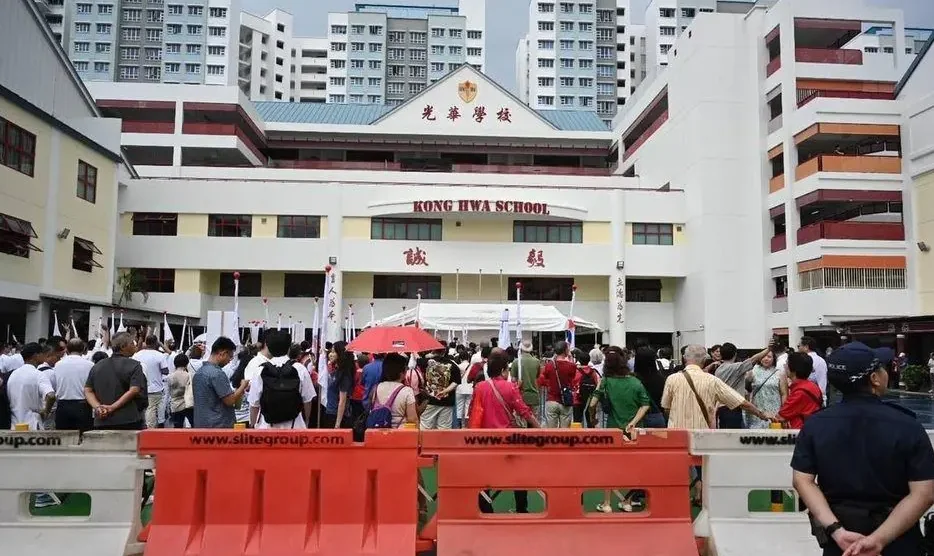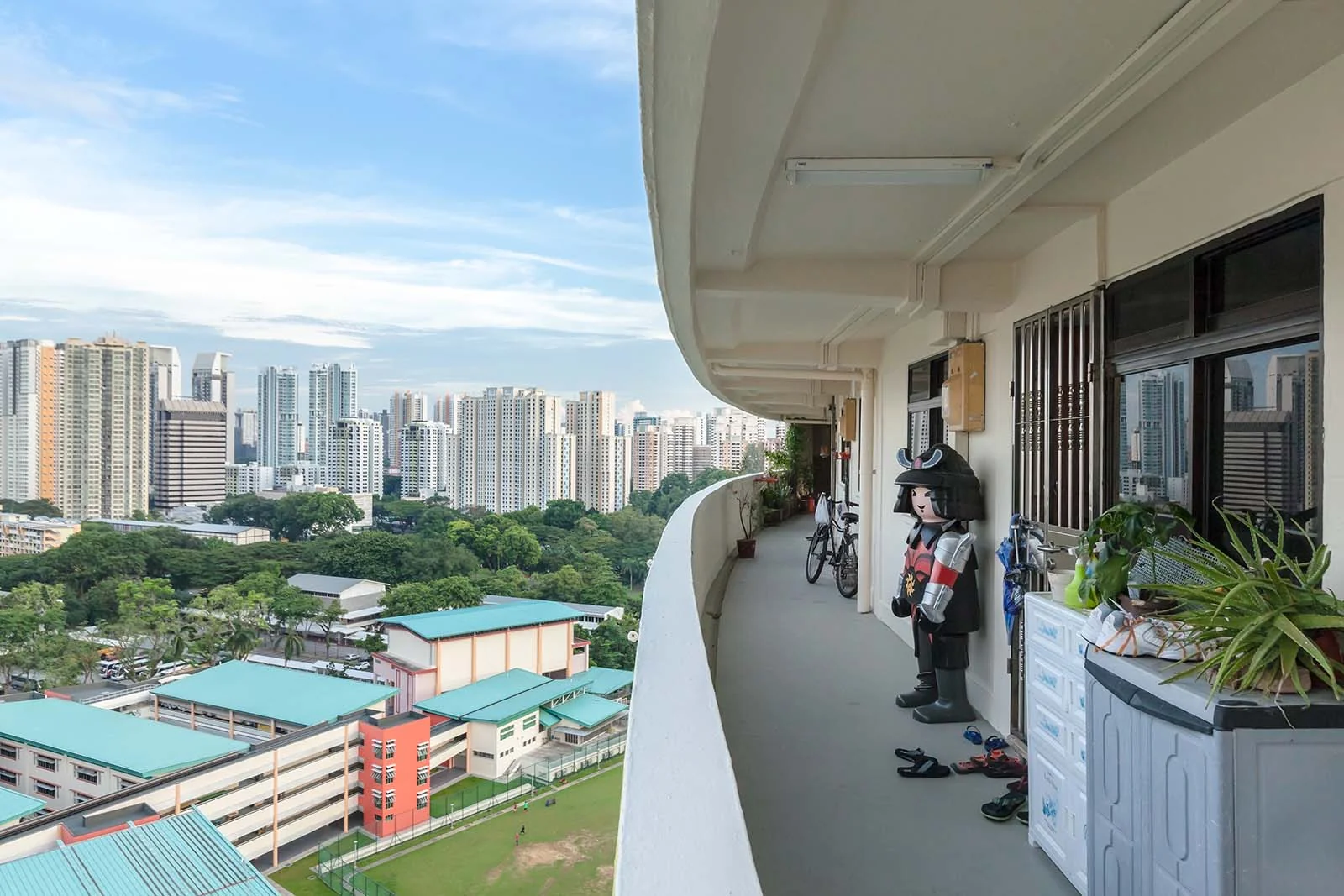新加坡专属定制潜艇:新加坡海军第四艘“长胜级”潜艇完成下水
国防部表示,“长胜级”潜艇是专为在新加坡浅海和繁忙的热带水域作战而定制。

新加坡:周一(4月22日)新加坡共和国海军(RSN)的第四艘“长胜级”潜艇“非凡号”(Inimitable)完成下水,该潜艇专为在新加坡水域作战而定制。 国务资政兼国家安全统筹部长张志贤(Teo Chee Hean)在德国蒂森克虏伯集团海事系统公司(thyssenkrupp Marine Systems,简称tkMS)位于基尔的船厂主持了潜艇的下水仪式。 按照新加坡海军的一贯传统,由张志贤的妹妹张瑞莲(Teo Swee Lian)女士以潜艇保荐人(sponsor)身份为新舰进行下水仪式。 见证仪式的还包括德国国防部长鲍里斯·皮斯托里乌斯(Boris Pistorius)、国防部高级政务部长王志豪(Heng Chee How)、德国海军总长扬·克里斯蒂安·卡克(Jan Christian Kaack)中将、新加坡海军总长屈坚文(Sean Wat)少将、tkMS 首席执行官奥利弗·布克哈德(Oliver Burkhard)以及两国高级国防官员。“在友邦德国的帮助下,我们交付了一艘新加坡专属潜艇——专为适应新加坡的水域,并配备了先进的数字系统,以确保我国海军履行使命、满足作战需求。”兼任国家安全统筹部长的张志贤说道。 <img class="“alignnone"> 2022年12月,新加坡海军第二艘和第三艘“长胜级”新型潜艇下水,分别命名为“精锐号”(Impeccable)和“卓越号”(Illustrious)。第一艘“长胜级”潜艇于2019年下水。“长胜级”潜艇专为在新加坡浅海和繁忙的热带水域作战而定制。它们由新加坡海军、新加坡国防科技局(DSTA)及tkMS共同构思和设计。 新加坡国防部(MINDEF)在一份新闻稿中说,第四艘潜艇拥有更长的续航时间和更高的有效载荷,它的下水标志着新加坡海军现代化进程的“关键里程碑”。 下水仪式后,“非凡号”还将进行一系列海试,再交付新加坡。 国防部补充说,“精锐号”已于去年交付新加坡,目前正在本地进行一系列海试,“争取今年晚些时候全面投入运作”。 <img class="“alignnone"> 张志贤指出,新加坡是国际航线的重要交汇点。每年有近90,000艘船只通过马六甲海峡和新加坡海峡,占全球贸易量的三分之一。“我们的新潜艇将增强新加坡海军履行保护本地区海上交通线使命的能力。”张志贤说道。“海洋的安全和稳定,对所有国家都有利。”他补充说,第四艘潜艇是新加坡与德国之间“长期稳固关系的成果”。 上世纪70年代,新加坡海军的第一艘导弹艇就是在德国建造的,德国也是新加坡军官接受潜艇训练的国家之一。 张志贤说:“虽然‘非凡号‘是‘长胜级‘潜艇系列中最后一艘下水的潜艇,但我们与德国的合作将继续。tkMS将继续为新加坡海军和新加坡科技工程公司提供技术培训和在役支持,使这些潜艇投入运作。”张志贤还补充说,“非凡号”的下水标志着新加坡潜艇征程的“新纪元”。 他说道:“对于‘非凡号‘的艇员们,我鼓励你们不负艇名——在执行任务时做到与之相称、无可匹敌。”“对于我们新一代的艇员,我劝诫你们要像你们的前辈一样,以不屈不挠、卓越非凡的精神捍卫新加坡的和平与安全。”在仪式开始前,张志贤和王志豪会见了皮斯托里乌斯。他们表示,新加坡感谢德国自2009年以来对新加坡武装部队在德国训练的支持,以及在“长胜级”潜艇计划和训练中的双边合作。 新加坡国防部长表示:“双方重申了新加坡和德国之间牢固且实质性的防务关系,这种关系在多个领域都得到了显著发展。”






